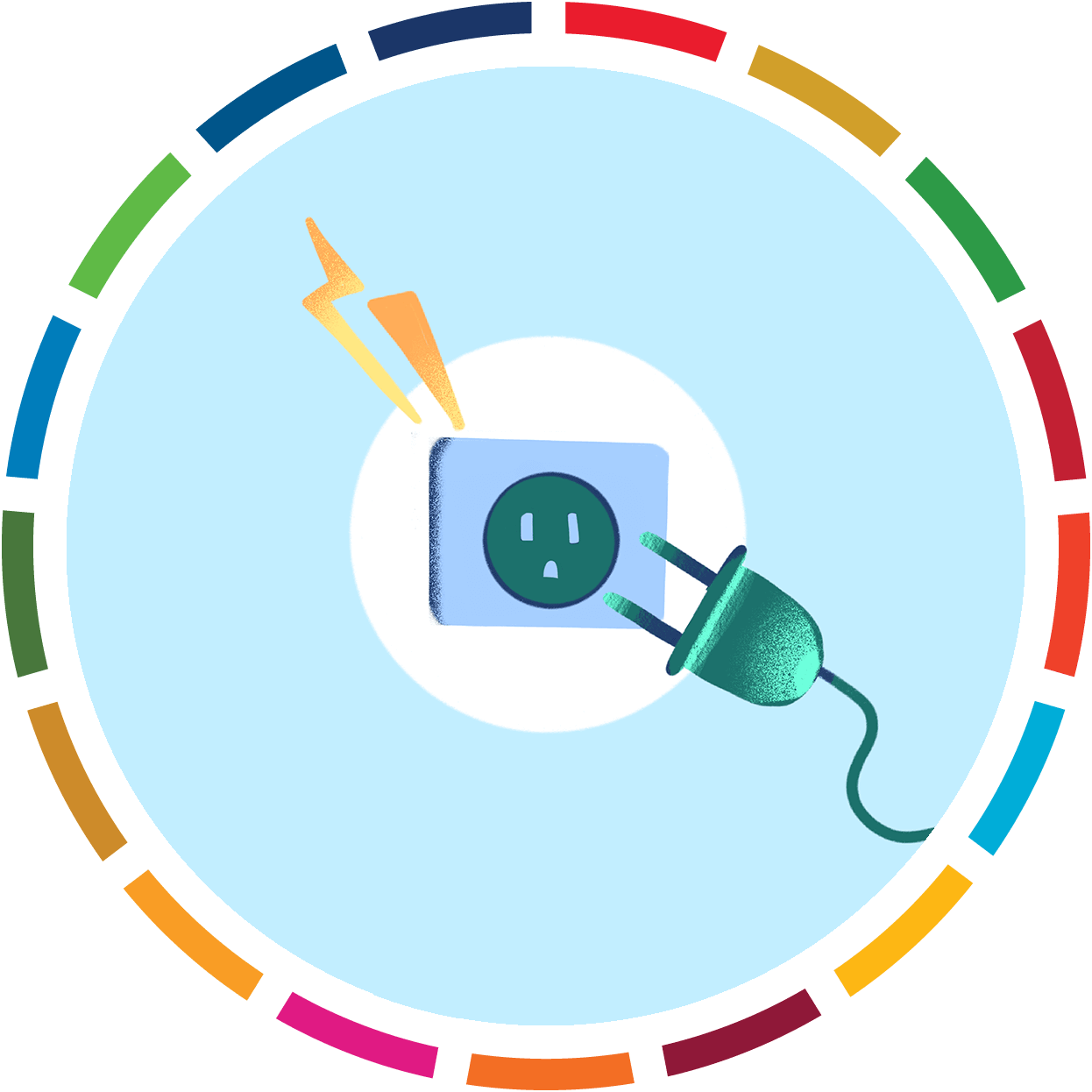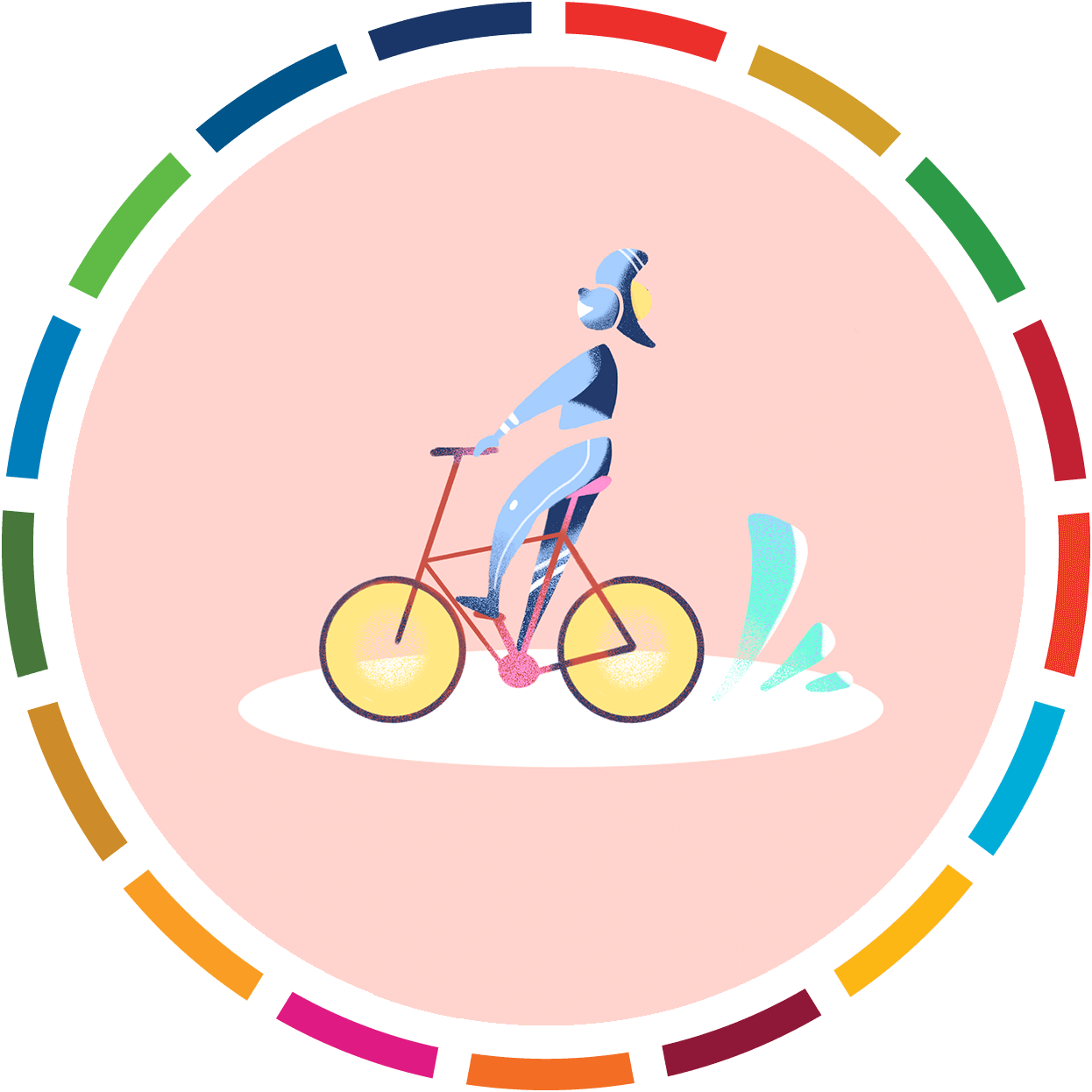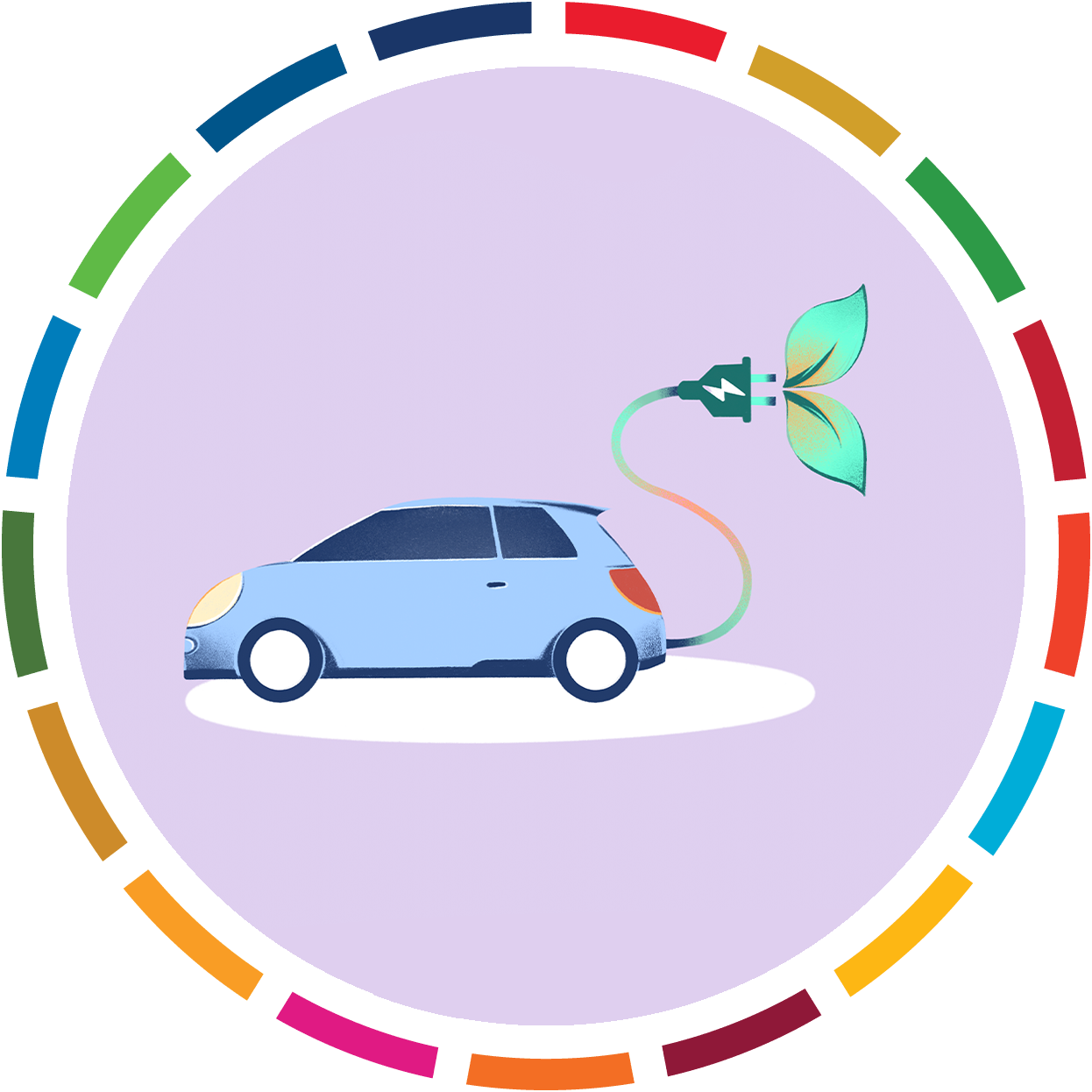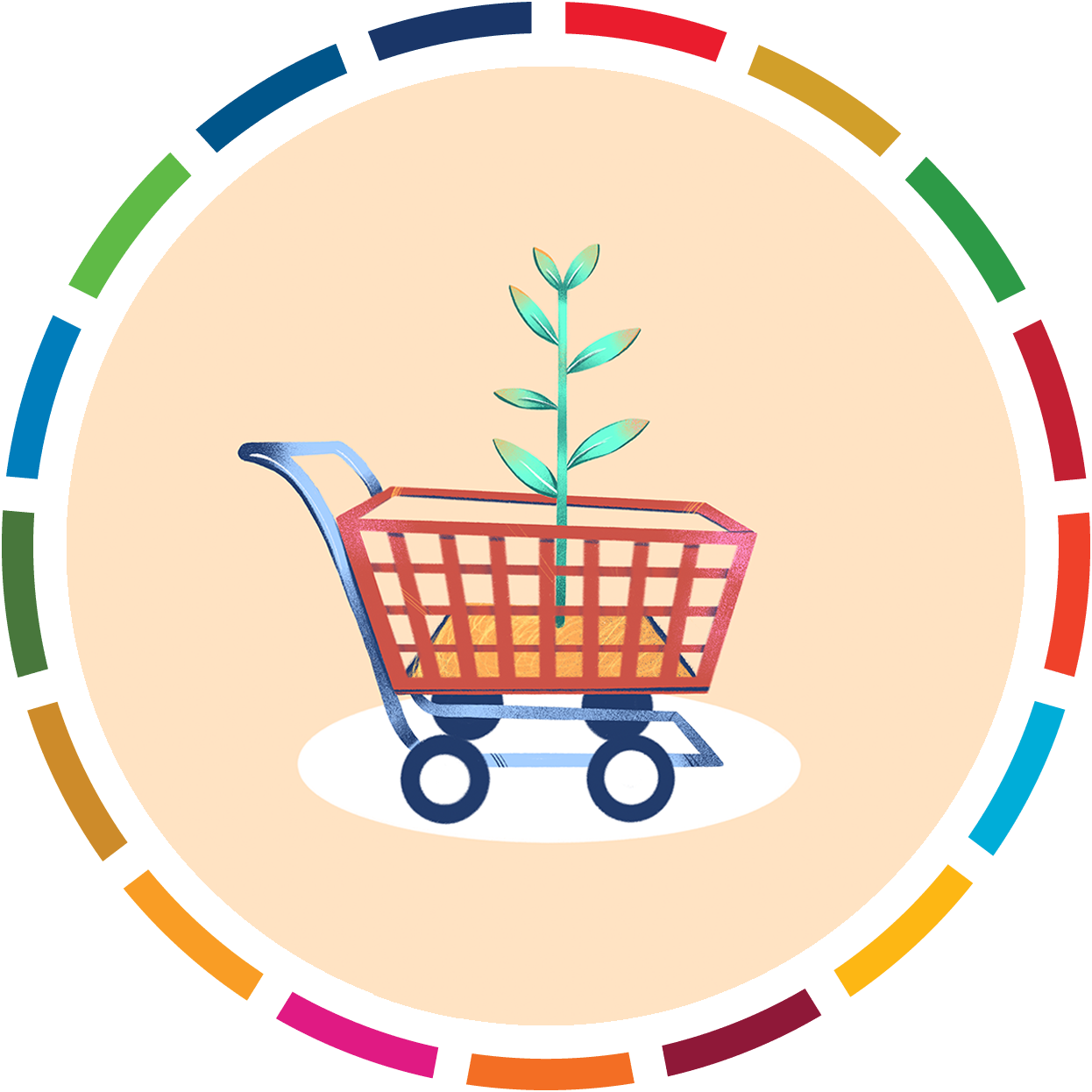Campaign to promote global response to climate change
Climate change is one of the most urgent challenges facing our planet today. The effects of climate change are already felt around the world, ranging from more frequent and severe heat waves and wildfires to rising sea levels and more intense storms. Until now, human lifestyles, such as fossil fuel use and air pollution caused by industrialization, have been negatively affecting the global environment. These problems can only be solved by preparing various measures at the national level and implementing active environmental protection activities at the individual level. To cope with this urgent task, the United Nations has launched the ActNow campaign. The campaign is aimed at helping individuals take action against climate change and promote a more sustainable future for everyone.
What is ActNow?
ActNow is a global campaign launched by the United Nations in 2019, encouraging individuals to take action against climate change and other environmental issues. The campaign is based on the idea that individual actions can significantly impact global challenges such as climate change, biodiversity loss, and pollution.
The ActNow campaign encourages people to actively engage and take action for a sustainable future, in line with the notion that small changes in everyday life can significantly impact their contribution to a more sustainable future. These actions include reduced energy use, plant-based food consumption, waste reduction and the use of public transport or bicycles instead of driving. ActNow supports efforts to promote sustainable consumption and production patterns and support climate change response.
How does ActNow relate to sustainable development goals?
The ActNow campaign is closely related to the Sustainable Development Goals (SDGs). The goal is to create a more sustainable, fairer and more prosperous world.It provides a framework for your response. Among the SDGs, the ActNow campaign, in particular, is linked to other objectives, focusing on SDG 13 “climate action.” This campaign sends a message that we all need to work together to promote sustainable development through individual actions and achieve the global goals we need to achieve.
The ActNow campaign also plays an important role in implementing the UN’s “Paris Agreement.” The Paris Agreement is an international agreement to promote global efforts to keep global temperature rises below 2°C and take action for a sustainable future. ActNow encourages individuals to implement these goals through measures such as reducing energy use and reducing carbon emissions.
How can I participate in ActNow?
Participating in ActNow is very simple. The important message of this campaign is that even small actions that everyone can take can make a big difference. You can participate in the campaign in the following ways:
Promise action on the ActNow website
You can choose the actions you can take on the ActNow website and track their progress. These actions include waste reduction, use of eco-friendly transportation, and consumption of plant-based food. Tips and advice on your chosen behavior are also provided on the website.
Join the ActNow Challenge
The ActNow challenge is to select actions you can take, record them as photos or videos, and share them. This challenge promotes your active participation and helps you inspire others by the actions you take. If you follow the accounts of the UN ACTNow campaign, including Facebook, Instagram, and Twitter, you can easily learn how to protect the environment and how to practice it. It also guides you on how to participate in various events and campaigns, so you can contribute to environmental protection through constant interest and participation.
ActNow Act Now Action
Promote ActNow in your organization or community to help others get involved. Promote ActNow in your organization or community in a way such as a challenge or event, or plan your own campaign using materials from the ActNow website.
10 actions you can practice in your life!
Our lifestyle has a deep impact on the planet. Our choice is important. About two-thirds of global greenhouse gas emissions are related to private households. The electricity we use, the food we eat, the way we travel, and everything we buy contributes to an individual’s “carbon footprint,” which is the amount of greenhouse gas emissions related to an individual’s activities. To preserve a livable climate, average annual emissions per capita must be reduced to about 2 to 2.5 tons of carbon dioxide by 2030. These 10 actions to help solve the climate crisis are like Da Eun.

- Reduce energy use at home
Much of our electricity and heat is powered by coal, oil and gas. Reduce heating and cooling, switch to LED bulbs and energy-efficient electrical appliances, wash laundry with cold water, or use less energy by hanging and drying items instead of using a dryer. For example, improving the energy efficiency of a home by improving insulation or replacing oil or gas furnaces with electric heat pumps can reduce CO2 emissions by up to 900kg per year.

2. Walk, ride a bike, or take public transportation.
Roads around the world are blocked by traffic, and most of them burn diesel or gasoline. Walking or riding a bike instead of driving will reduce greenhouse gas emissions and help your health and wellness. Consider taking a train or bus for longer distances. And carpool whenever you can. Living without a car can reduce carbon dioxide emissions by up to two tons per year compared to the lifestyle of using a car.

3. Eat vegetables and fruits.
Eating more vegetables, fruits, whole grains, legumes, nuts, and seeds and eating less meat and dairy can significantly reduce their environmental impact. Producing plant-based foods generally results in reducing greenhouse gas emissions and requiring less energy, land, and water. Switching from a mixed diet to a vegetarian diet can reduce the carbon footprint by up to 500kg of carbon dioxide per year (or up to 900kg for a vegetarian diet).

4. Be careful when traveling.
Airplanes burn fossil fuels while producing significant amounts of greenhouse gas emissions. So flying less is one of the fastest ways to reduce the impact on the environment. If possible, I recommend taking the train or having an online meeting. One reduction in long-distance travel by plane can reduce carbon dioxide emissions by up to two tons.

When you throw away food waste, you waste the resources and energy used to grow, produce, pack, and transport food to get it. Also, when food waste rots in landfills, it produces methane, which is a powerful greenhouse gas. Use food waste as compost. Reducing food waste can reduce our carbon footprint by 300kg per year.
When you throw away food waste, you waste the resources and energy used to grow, produce, pack, and transport food to get it. Also, when food waste rots in landfills, it produces methane, which is a powerful greenhouse gas. Use food waste as compost. Reducing food waste can reduce our carbon footprint by 300kg per year.

6. Save, reuse, repair and recycle
The electronics, clothing, and other items we buy cause carbon emissions at each point of production, from raw material extraction to manufacturing and transporting goods to the market. Buy less, trade secondhand, repair and use, or recycle. Every time a fiber is produced, it generates about 17 kilograms of carbon dioxide. Buying less new clothes and other consumer goods can reduce carbon emissions and reduce waste.

7. Change household energy to eco-friendly energy.
See if you can convert your household energy into renewable sources such as wind and solar. Alternatively, you can install solar panels on the roof to generate energy for your home. Switching homes from oil, gas or coal-powered energy to renewable sources such as wind or solar could reduce CO2 emissions by up to 1.5 tonnes per year.

8. Consider using an armature.
If you’re planning to buy a car, consider using an electric car. Electric vehicles help reduce air pollution and generate far less greenhouse gas emissions than gas or diesel cars. (But electric cars still run on electricity generated from fossil fuels, and batteries and engines often require rare minerals, which come with high environmental and social costs.) Switching from gasoline or diesel-powered cars to electric cars can reduce carbon dioxide emissions by up to 2 tons per year. Hybrid vehicles can save up to 700kg of CO2e per year.

9. Pay attention to consumption and investment, too.
Even if we spend money, it affects the planet. We have a choice of goods and services. Choose a company’s product that uses resources responsibly to reduce its environmental impact and strives to reduce gas emissions and waste. Your pension or savings could also be invested in fossil fuels or companies that do deforestation. Investing in an environmentally conscious business can also contribute to a significant reduction in carbon emissions.

10. Raise your voice.
Raise your voice to get others to join the action. It is one of the fastest and most effective ways to make a difference. Talk to your neighbors, colleagues, friends, and family. I appeal to local and world leaders to act now. Climate action is a challenge for all of us. And it has to do with all of us. No one can do it alone, but we can do it together.
Conclusion
ActNow informs the importance of efforts for sustainable development and sends a message that individuals can change the world through action. This campaign encourages the actions we all need to live together on our only planet, and plays a big role in fulfilling the global goals we need to achieve.
Please remember that we can all make a big difference from small actions. It’s important for individuals to make real changes. Small environmental practices can come together to make a big difference. I hope everyone works together to create a healthy and sustainable planet.
Source of data: https://www.un.org/en/actnow